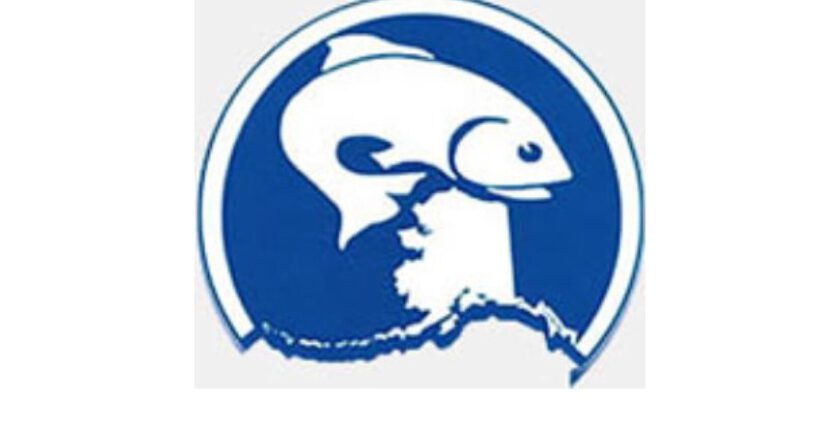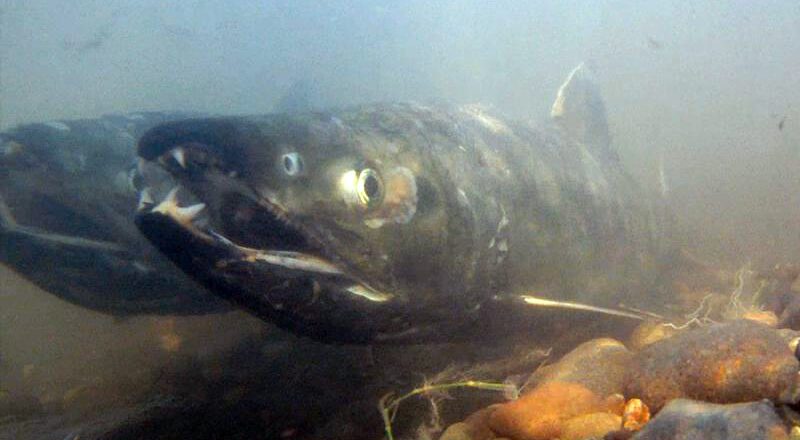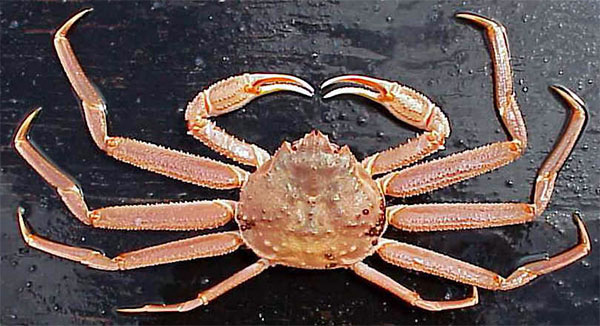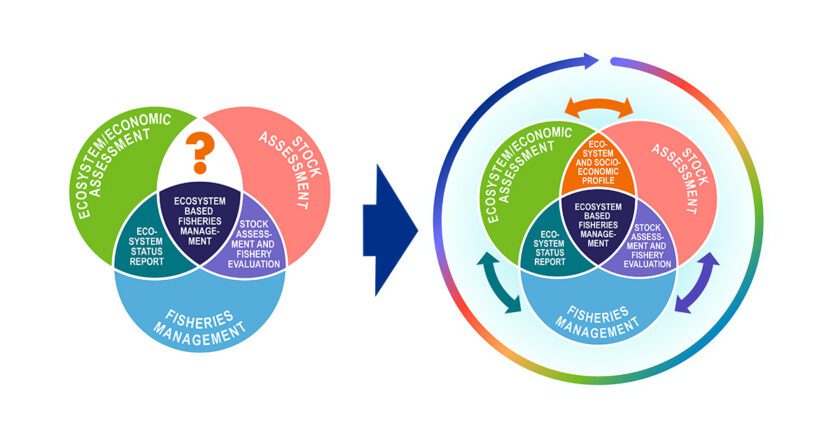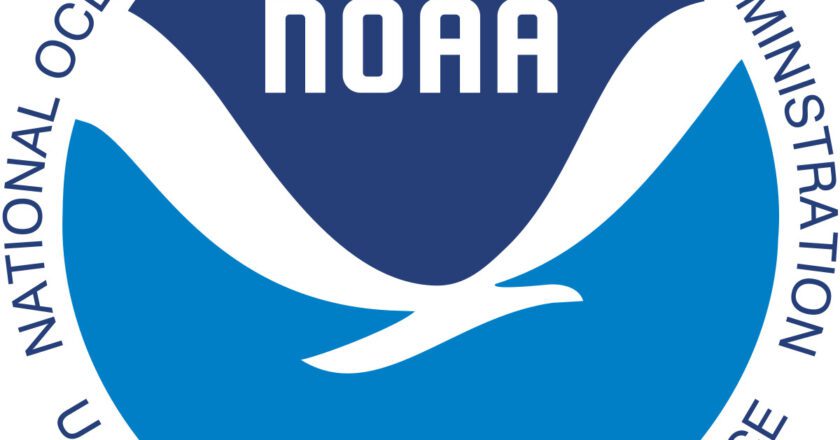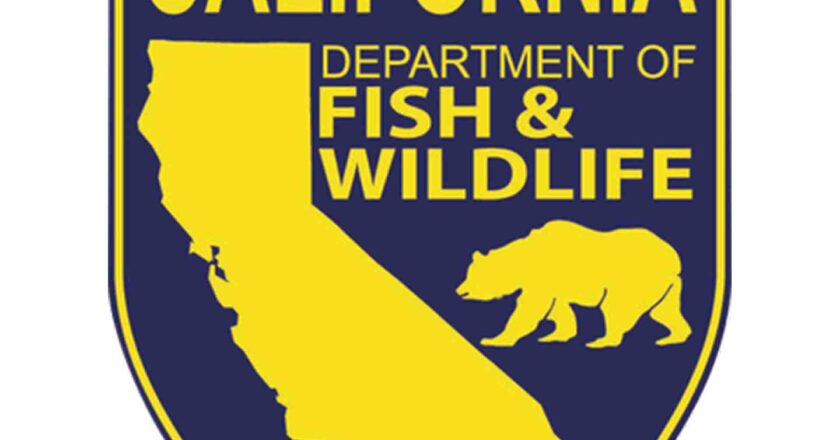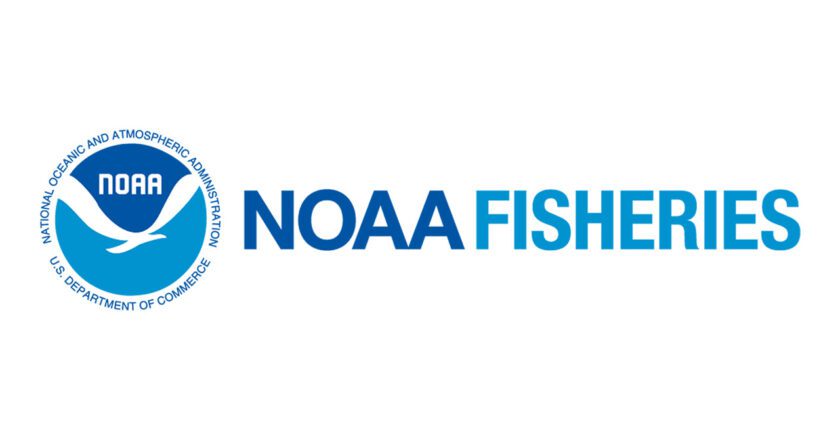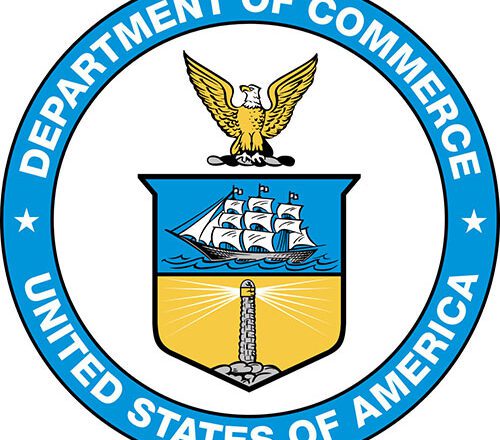NPFMC Amendments Would Expand Electronic Monitoring Program
The North Pacific Fishery Management Council has submitted Amendment 126 to the Fishery Management Plans for groundfish of the Bering Sea and Aleutian Islands management area and Amendment 114 to the Fishery Management Plan for groundfish in the Gulf of Alaska.
If approved, the amendments would expand electronic monitoring (EM) to pelagic trawl pollock catcher vessels and tenders delivering to shoreside processors or stationary floating processors in the Bering Sea, Aleutian Islands and Gulf of Alaska.
Both amendments 126 and Amendment 114 are intended to promote the goals and objectives of the Magnuson-Stevens Fishery Conservation and Management Act, the BSAI FMP and the GOA FMP.
The proposed rule was published in the Federal Register on Monday, Jan. 22 by the National Oceani...

